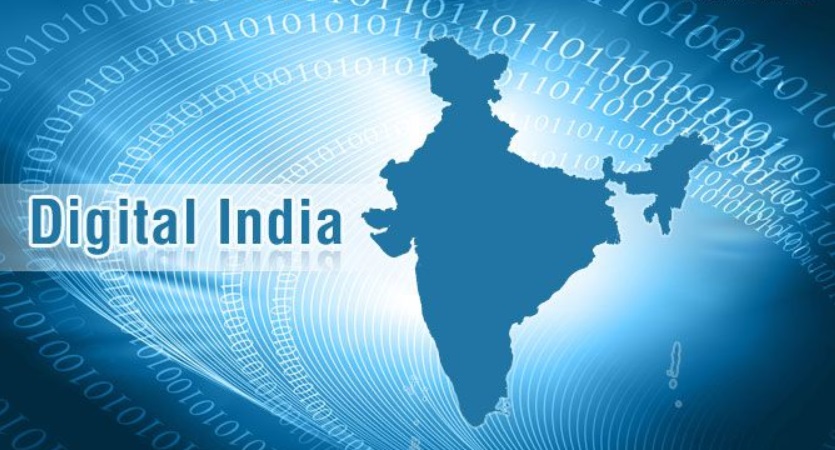
The mission of the National Payments Corporation of India is to touch a billion Indians through digital payment products tailored to their needs.
Digital Payment methods are well accepted by Indian households and are not just the preserve of the rich or well educated, finds a study conducted by People Research on India’s Consumer Economy (PRICE) in partnership with the National Payments Corporation of India (NPCI).
Covering 5314 households across 25 states with a sample designed to represent states and households across the income spectrum, the survey was aimed at understanding the awareness, adoption and use behaviour of households with respect to digital payments.
The study showed that while one of two of India’s richest 20% households use digital payment, as many as one out of four households in the poorest 40% also use it, according to the press release.
In addition, there is a suppressed demand of people who say they desire to use it but need someone to show them how to, and a smaller group who used it earlier and discontinued. If this ‘ready’ demand is enabled through effective training and education, then over half of all Indian households (54% or 151 million households) will become digital payment users – 55 million of these households will come from the poorest 40% of Indian households, 61 million will come from middle India or middle 40% income band and only 36 million will come from the richest 20%.
The report also points to the fact that that smart phone ownership is no longer a bottleneck for the adoption of digital payments with 68% of the respondents (those in charge of looking after banking and payment work for the household, typically the Chief Wage earner) owning smartphones. As expected smartphone usership is near universal at 90% for the richest 20% of Indian households, but as high as 57% of India’s poorest households have a smartphone.
The report revealed a very high level of awareness of UPI and payment apps and that households which are using UPI as a platform may not be completely aware about interoperability of the platform. There is a potential to create the awareness that any bank or payment app can be used to make UPI payments to any UPI user and users should know their UPI ID. The RuPay card volumes have also witnessed a rise not only in urban areas, but also in remote PIN codes that had hitherto remained silent.
The study revealed that the banking system is also very well connected digitally to respondents via Aadhaar linkages and SMS facility even at the lower income groups. The report finds 87% of the respondents are aware of the act that they get SMS from the banks, which gives them the confidence to manage their money safely. As per the report, the Direct Benefit Transfers (DBT) delivery system has worked exceedingly well for the respondents and got even better during lockdown as around 85% of the households received DBTs on their bank accounts.
Ms. Rama Bijapurkar, Co-Founder of PRICE , said, “The consumer environment is very fertile, consumers of all strata are ready, willing and able. It’s up to the supply side to make universal digital payment usage happen”.
Ms. Praveena Rai, COO, NPCI said, “The report clearly establishes that in India today digital payments have gone well past the early adoption stage and have gained significant traction across the country, including the lower income groups.
The demand and optimism towards digital payments by Indian households who have traditionally been strong votaries of cash energises us in our mission of touching a billion Indians through digital payment products tailored to their needs.
We learn from the report that though smartphone ownership is high, there is still a significant chunk of consumers who do not as yet have them. We do not plan to wait until they get one. We at NPCI are already working towards offering non-smartphone users a sustainable digital payment solution and provide them easy, safe and instant payments experience as well.”
###
National Payments Corporation of India (NPCI) was incorporated in 2008 as an umbrella organization for operating retail payments and settlement systems in India. NPCI has created a robust payment and settlement infrastructure in the country. It has changed the way payments are made in India through a bouquet of retail payment products such as RuPay card, Immediate Payment Service (IMPS), Unified Payments Interface (UPI), Bharat Interface for Money (BHIM), BHIM Aadhaar, National Electronic Toll Collection (NETC Fastag) and Bharat BillPay.
NPCI also launched UPI 2.0 to offer a more secure and comprehensive services to consumers and merchants.
Banking 4.0 – „how was the experience for you”
„To be honest I think that Sinaia, your conference, is much better then Davos.”
Many more interesting quotes in the video below: